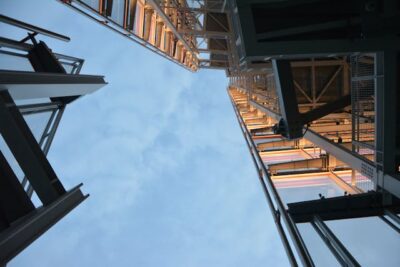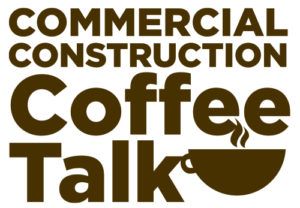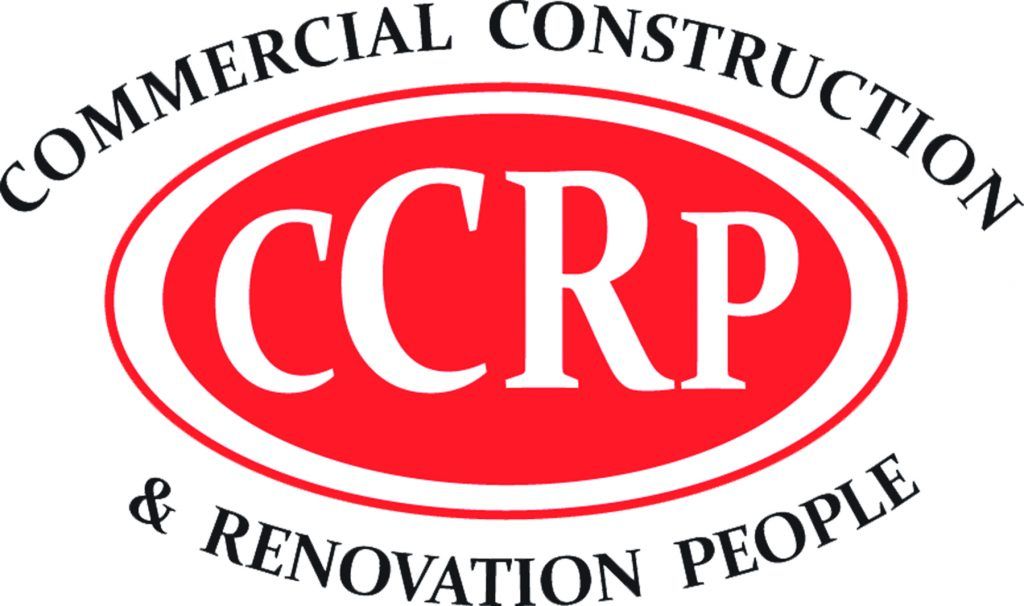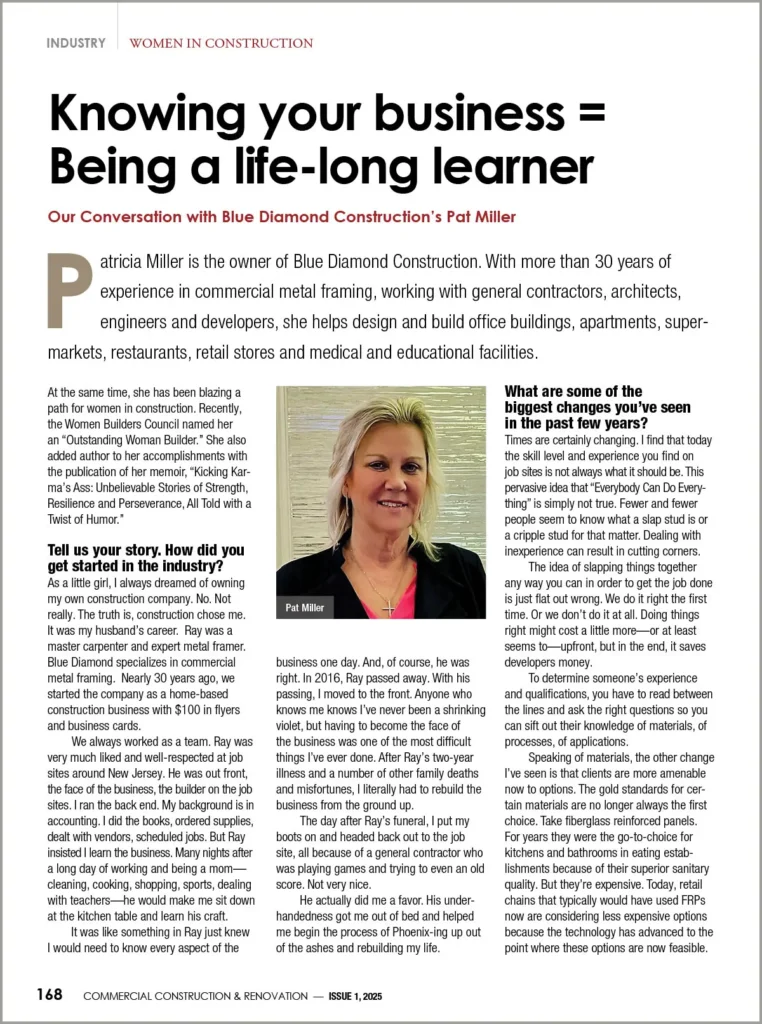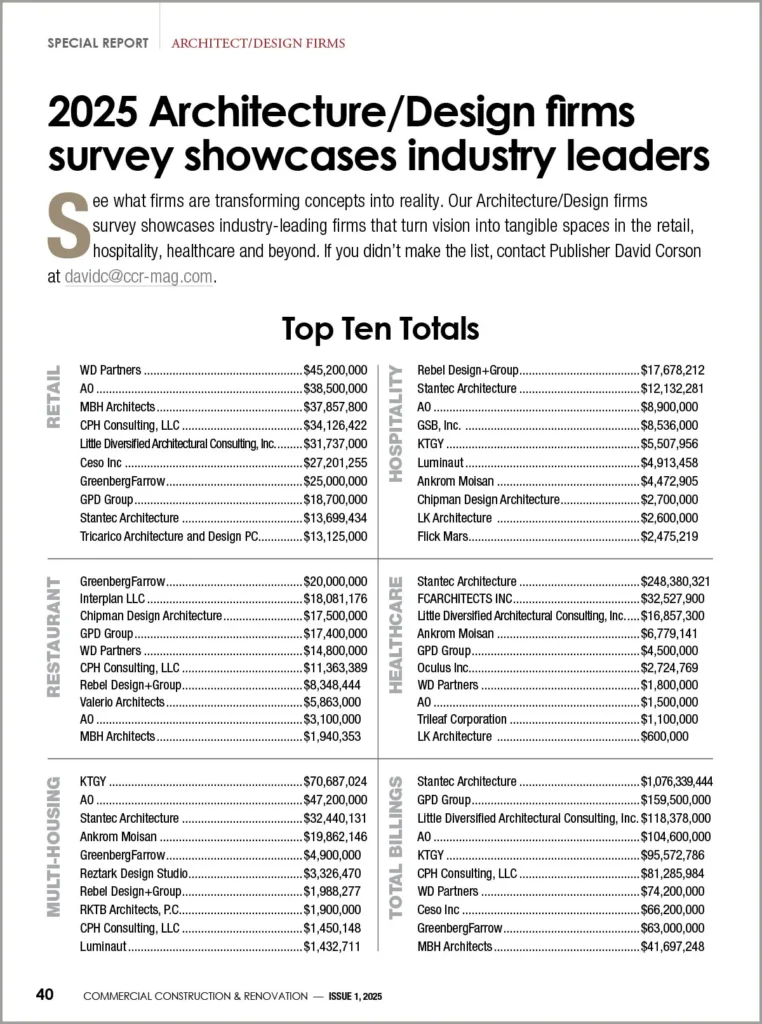Construction is the backbone of modern society. From skyscrapers to highways, homes to office buildings, every structure relies on careful planning and execution. But that doesn’t mean the process is smooth. In recent years, labor shortages, inflation, and supply chain disruptions have made things even trickier. Builders must navigate rising material costs, unpredictable weather, and tight regulations while keeping projects on track.
The good news? Solutions exist for even the toughest construction challenges. Many of the biggest obstacles can be overcome with the right strategies, suppliers, and planning techniques.
In this blog, we will share some of the most common construction challenges and practical ways to tackle them, keeping your project on schedule and within budget.
Managing Rising Material Costs
If it feels like construction materials are getting more expensive every year, it’s because they are. Inflation, supply chain disruptions, and global demand have all driven up the price of essential materials like lumber, steel, and concrete. When costs fluctuate, project budgets take a hit, and builders must find creative ways to stay on track.
One way to manage this challenge is by securing materials before prices increase. Many contractors now lock in prices early with suppliers to avoid unexpected spikes. Bulk purchasing can also help lower costs, especially for projects requiring large quantities of steel or other structural materials.
Reliable suppliers make all the difference, and Vitz Metals is a name you can trust. They offer a wide range of metal products, including angle iron, steel lintels, culvert pipe, diamond plate sheets, expanded metal mesh, and rebar, ensuring you have the right materials for any project. Rest assured, Vitz offers steel pipe for sale of the highest quality, providing durable options for both construction and structural applications.
What’s more, exploring alternative materials can help offset costs. Sometimes, a slightly different size or grade of steel can do the job just as well at a lower price. Builders who stay flexible and consult with experts can find smart substitutions without compromising quality.
Keeping Projects on Schedule
Ask any builder what their biggest frustration is, and “delays” will likely be at the top of the list. Bad weather, labor shortages, late material deliveries—so many things can slow down a project. And when one part of the timeline shifts, it creates a domino effect that can push back deadlines even further.
The key to avoiding major delays is better planning and communication. Project managers should build extra time into schedules to account for unexpected issues. Having a backup plan for labor and materials can also keep things moving when problems arise.
Technology is helping improve scheduling, too. Many companies now use construction management software to track progress, coordinate teams, and manage deliveries in real-time. These tools help prevent bottlenecks by keeping everyone on the same page.
Finally, strong relationships with reliable suppliers and subcontractors can keep things running smoothly. When materials arrive on time and workers show up as scheduled, projects stay on track. Investing in clear communication and contingency planning reduces the chances of frustrating delays.
Dealing with Skilled Labor Shortages
The construction industry has been facing a labor shortage for years, and it’s only getting worse. As experienced workers retire, there aren’t enough young tradespeople to replace them. This has led to higher wages, longer project timelines, and increased competition for skilled workers.
One solution is investing in training and apprenticeships. Companies that develop their own skilled workforce can ensure they have enough talent to meet demand. Partnering with trade schools and vocational programs can also help bring in new workers.
Another option is adopting more automation and prefabrication. Pre-assembled materials and robotic construction tools are helping to reduce reliance on human labor while increasing efficiency. This isn’t about replacing workers—it’s about making the most of the workforce that exists.
In addition, offering competitive wages, good benefits, and a safe working environment can help attract and retain skilled workers. Construction companies that prioritize employee satisfaction have an easier time keeping their best people.
Meeting Safety Regulations
Construction is a high-risk industry, and safety regulations are strict for a reason. But staying compliant with local and federal guidelines can be overwhelming. OSHA requirements, site inspections, and training programs all take time and money—but cutting corners is never worth the risk.
A strong safety culture is the best way to handle this challenge. Regular training, clear safety protocols, and on-site supervisors help reduce accidents and keep projects compliant. Investing in proper equipment and protective gear also minimizes risk.
Using technology to improve safety is becoming more common. Drones can be used to monitor job sites, while wearable tech can track worker health and fatigue. These tools help prevent accidents and create safer work environments.
Builders who stay ahead of regulations and prioritize safety don’t just protect their workers—they also avoid costly delays and legal issues. A safe construction site is an efficient one.
Handling Unpredictable Weather Conditions
Mother Nature doesn’t care about construction deadlines. Rain, snow, extreme heat—bad weather can stop a project in its tracks.
While no one can control the weather, better preparation can help minimize disruptions. Using weather-tracking apps allows project managers to plan around bad conditions. Modifying schedules based on seasonal trends can also help prevent major weather-related delays.
For extreme conditions, having the right protective materials is key. Waterproof covers, insulated barriers, and climate-controlled storage help protect building materials from damage. Keeping equipment and supplies in good condition prevents unexpected setbacks. In areas prone to extreme weather, modular and prefabricated construction can be a game-changer. Assembling parts of a project off-site in a controlled environment reduces exposure to the elements and speeds up timelines.
Ultimately, construction is as much about problem-solving as it is about building. Every project comes with its share of setbacks, but challenges don’t define the outcome—decisions do. The right planning, partnerships, and adaptability can turn obstacles into opportunities.
The industry is evolving, shaped by technology, climate change, and shifting economic realities. Builders who embrace new strategies and stay ahead of trends will lead the way. The strongest structures aren’t just made of steel and concrete. They’re built on smart choices, resilience, and the ability to adapt.
The question isn’t whether challenges will arise—they always do. The real question is: will you be ready for them?




